Ice skating (Patinage)
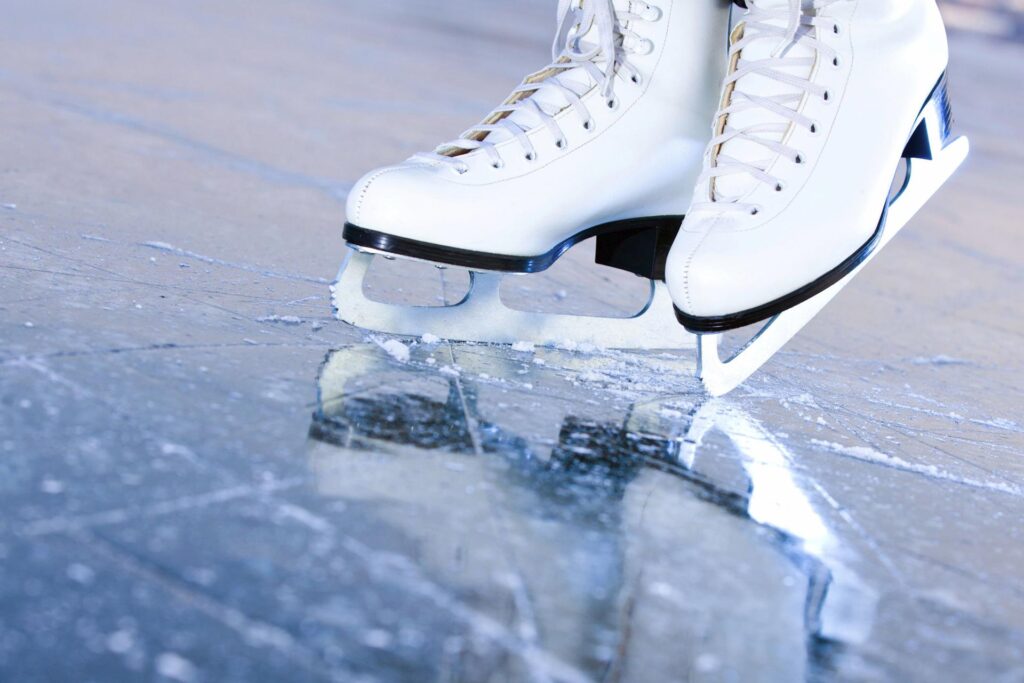
Ice skating, known as Ice Skating in English and patinage sur glace in French, is the act of moving on ice using ice skates. It can be practiced for transportation, recreation, or as a sport. Ice skating can take place on natural ice surfaces such as frozen lakes, or on artificial ice rinks. It can be enjoyed both indoors in specialized arenas and outdoors in open-air spaces.
Ice skating, also referred to as patinage, is a sport performed on ice with skates. It can be done individually, in pairs, or in groups. This elegant sport involves gliding and body movements while maintaining balance.
Ice skating (Patinage)
Ice skating (patinage) can be performed in indoor arenas, and in countries with heavy snowfall such as Canada and Russia, this sport is also practiced on outdoor ice rinks. Performing acrobatic moves on ice during skating is one of the most challenging athletic activities, requiring extensive training and dedication from the athletes.
The annual World Figure Skating Championships are held in various countries, with champions typically coming from cold-climate nations like Russia, Canada, and Germany. In recent years, athletes from the United States and China have also joined the ranks of medalists.
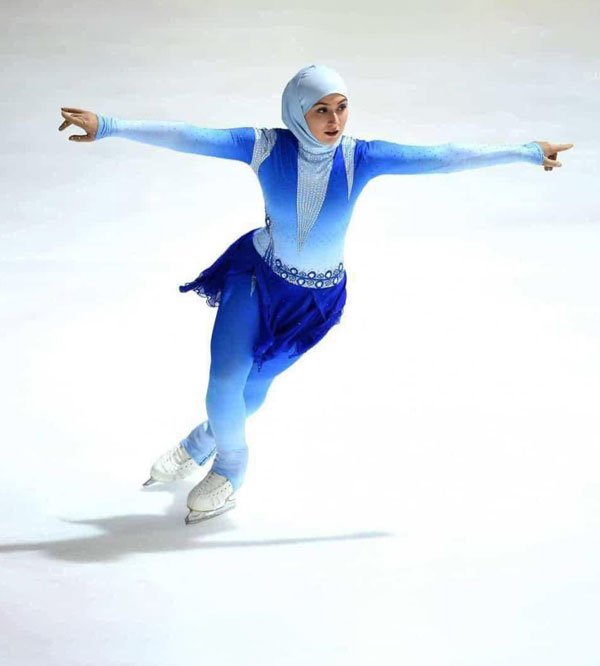
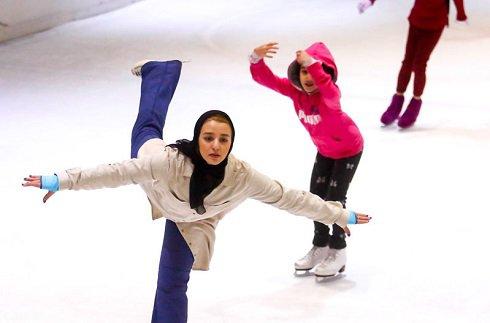
History of Ice Skating (Patinage)
Ice skating (patinage sur glace) has held a special place among the people of the Netherlands and England for centuries and was one of the favorite winter sports in these regions. The oldest recorded evidence of ice skating comes from a Canterbury monk named William Fitz Stephen, who lived in London between 1118 and 1175.
History of Ice Skating (Patinage sur glace)
The exact origin of this sport remains unclear; however, archaeologists believe that ice skating (patinage sur glace) had a wide geographical spread. Archaeological evidence of primitive skates made from animal bones has been found in cold regions such as Russia, Scandinavia, Britain, the Netherlands, Germany, and Switzerland. These findings indicate that ancient humans used this simple and efficient method to travel across vast frozen landscapes. The surface of these blades was smoothed by continuous scraping against the bones of hunted animals or livestock and fastened to the feet with straps. The earliest artistic depiction of ice skating (patinage sur glace) appears in a 15th-century artwork by the Dutch artist Johannes Brugman.
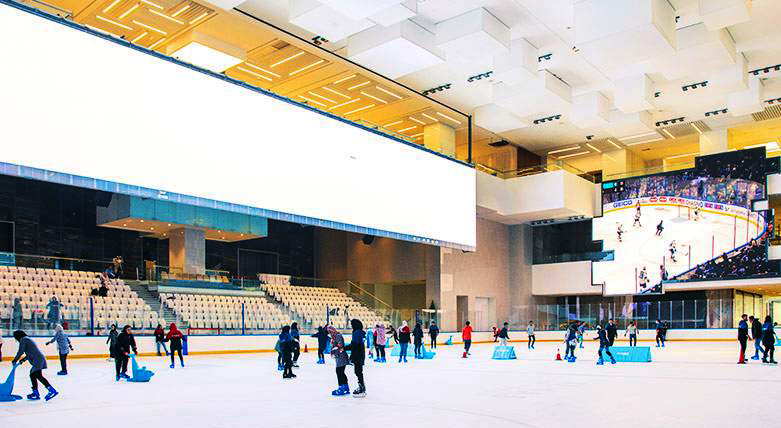
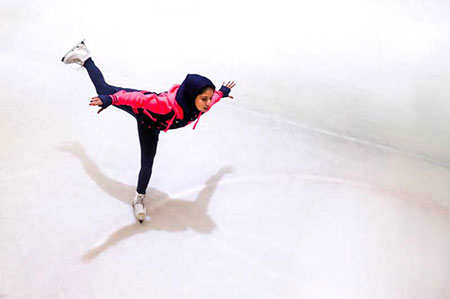
How Ice Skate Blades Work
The steel blade beneath the skate shoe can glide across the ice surface with minimal friction. However, slightly bending the blade and pressing it into the ice helps the skater increase friction and better control their movements. Additionally, by skating on the curved edge of the blade and positioning their body at the correct angle while keeping the knees bent, the skater can utilize gravitational force to control and accelerate their motions.
Another technique to gain speed is by pressing the front part of the blade into the ice, cutting into it and pushing the skater forward. A skilled skater can combine these two techniques, known as “drawing,” to seemingly glide effortlessly along graceful curved paths.
Multiple experiments have shown that ice exhibits the lowest kinetic friction at around -7 degrees Celsius, and many indoor ice skating rinks calibrate their systems to maintain this temperature. On the surface of any ice cover warmer than -20 degrees Celsius, there is always a very thin layer of liquid water, ranging from just a few molecular layers to several thousand molecules thick.
This liquid layer exists due to the abrupt termination of the ice’s crystalline structure. The thickness of this liquid film depends solely on the surface temperature of the ice — the warmer the ice, the thicker the layer. Ice skating is also possible on surfaces colder than -20 degrees Celsius, although under these conditions the liquid film naturally does not form.
The social status of ice skating (patinage)
As seen in the works of great Dutch painters, ice skating (patinage) in the Netherlands was not limited to any class, age, or status, and everyone could enjoy this pastime. However, in other countries, ice skating was restricted only to the elite class.
Emperor Rudolf II was so passionate about ice skating that in 1610 he organized an ice carnival at his court to popularize the sport.
James II, King of England, became deeply interested in this sport during his exile in the Netherlands, and upon returning to England, he introduced this “new” sport and pastime to the English elite.
Louis XVI, Emperor of France, brought ice skating to Paris during his reign.
Patinage or ice skating literally means
The dictionary definition of patinage (ice skating) is as follows: movement on ice using skates — narrow steel blades that were initially strapped to shoes and later partly integrated with the soles of special boots. Ice skating was originally done purely for recreation on frozen rivers, natural ponds, and lakes, and later became a recognized sport with year-round indoor rinks available for practice.
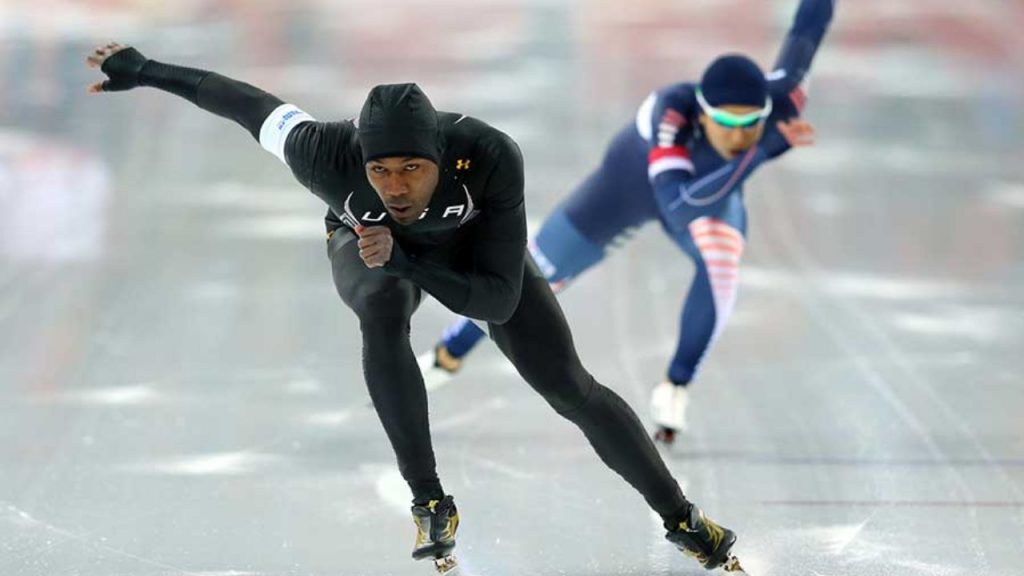
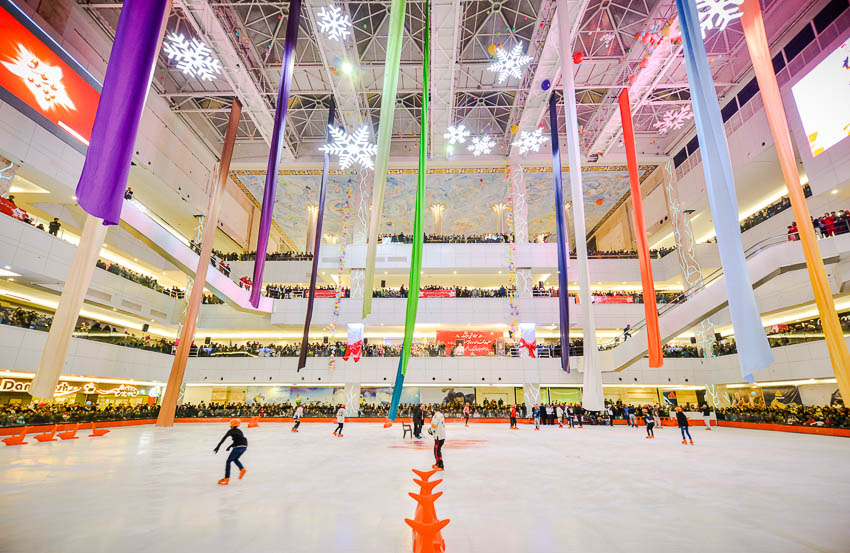
Sports Based on Patinage or Ice Skating
- Figure skating is a sport in which individuals perform jumps, speed, and balance moves either solo, in pairs, or in groups, typically synchronized to a piece of music.
- Ice hockey is a team sport in which members of each team try to score by hitting a special puck into the opponent's goal using sticks with curved blades. The sticks are designed according to whether the player is right-handed or left-handed.
- Speed skating is a sport in which participants must cover a specified distance at the highest possible speed.

